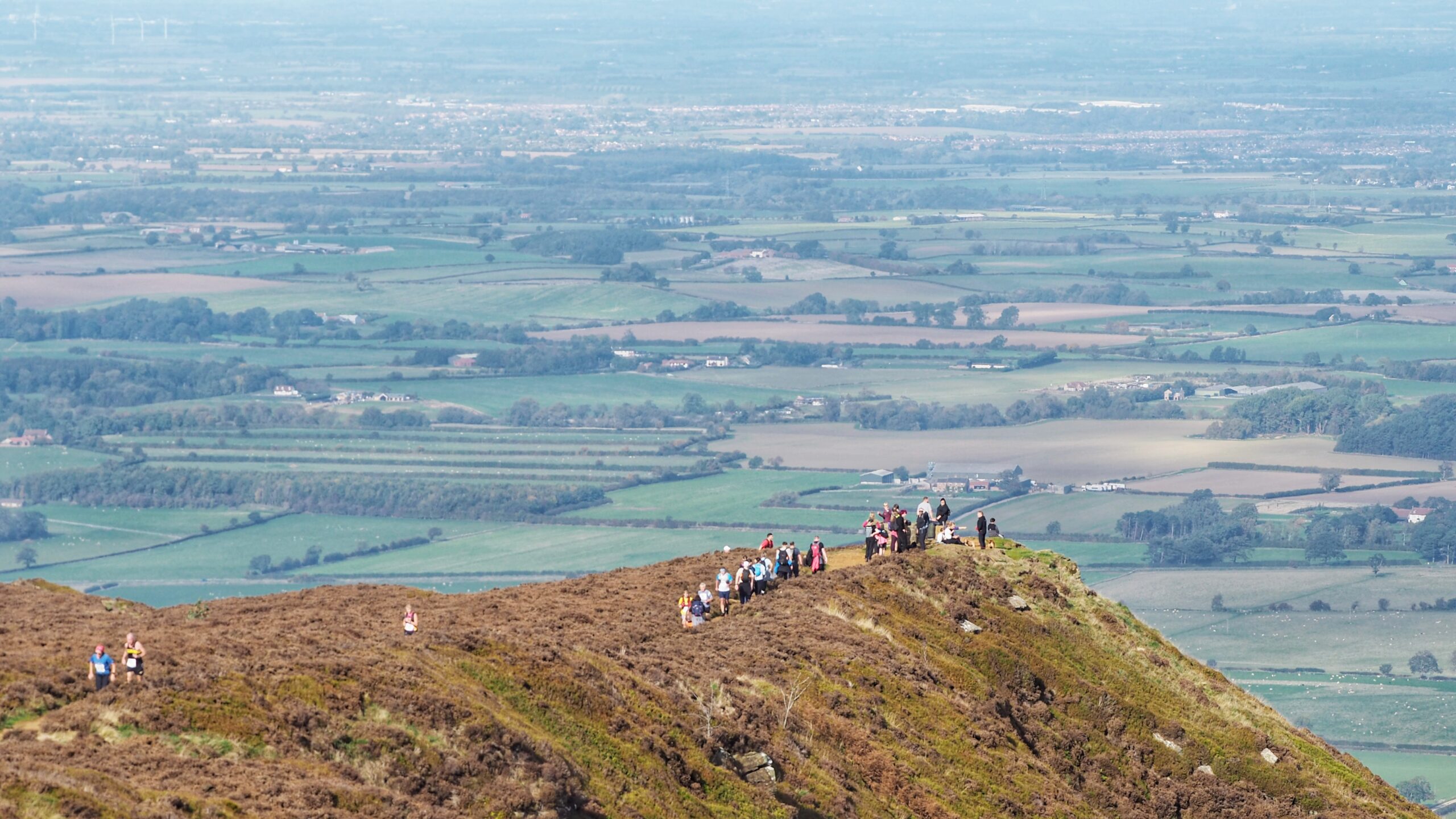A splendid day upon the Cleveland Hills, warm, sunny and kissed by a breeze so genteel it could almost be mistaken for civility. Cringle Moor was heaving, of course, the Viking Chase Fell Race transforming it into something between a checkpoint and a human anthill.
And there, above the sweating masses, hovered the latest curse of modern leisure: the drone. That infernal, buzzing contraption—the plaything of those who believe a GoPro makes them Fellini. Its noise whined through the air like a mosquito that has discovered immortality.
Welcome, then, to the brave new world of recreational drone flying: a landscape both meticulously regulated and enthusiastically ignored.
The CAA’s “Drone Code” (a phrase that suggests both authority and futility) insists on maintaining a distance of 50 metres from people. A charming theory. The reality was a drone lifting off from a summit crammed with runners, walkers, spectators and checkpoint marshalls. No one asked for my consent, though I can not be sure it is not buried somewhere in an unread privacy notice.
One ought of course secure permission to fly over private land, though this rule appears to have been written chiefly for decorative purposes. As for the limit of 120 metres altitude—well, when the terrain drops 100 metres in the space of a few hundred, the pilot must display the dexterity of a fighter ace. Naturally, he did not.
The device must remain within visual line of sight, which would be fine but only if I could actually see the thing. Judging by the incessant whine above, it was either directly overhead or in my skull.
In theory, then, drones may only be flown where nobody lives, nobody walks and nothing of interest exists. Which rather defeats the point, though perhaps that is the charm.
And let us not forget the sacred ritual of the “Pre-Flight Check,” a liturgy of self-importance: “Gimbal Clamp Removed,” “Batteries Properly Fitted,” “Antenna Flipped Out”—all solemn preparations for filming an empty hillside in cinematic 4K.
Meanwhile, the innocent walker, deprived of peace and recourse, may not swat, jam or otherwise reclaim the airspace above his own head. No, he must become a bureaucrat in boots, documenting the offence in triplicate, with “dates, times and photos,” before filing it into the black hole of officialdom.
It is a perfect system: ecstasy for the oblivious pilot, purgatory for everyone else, but perhaps a popular reel on Instagram with lots of likes.

Leave a Reply